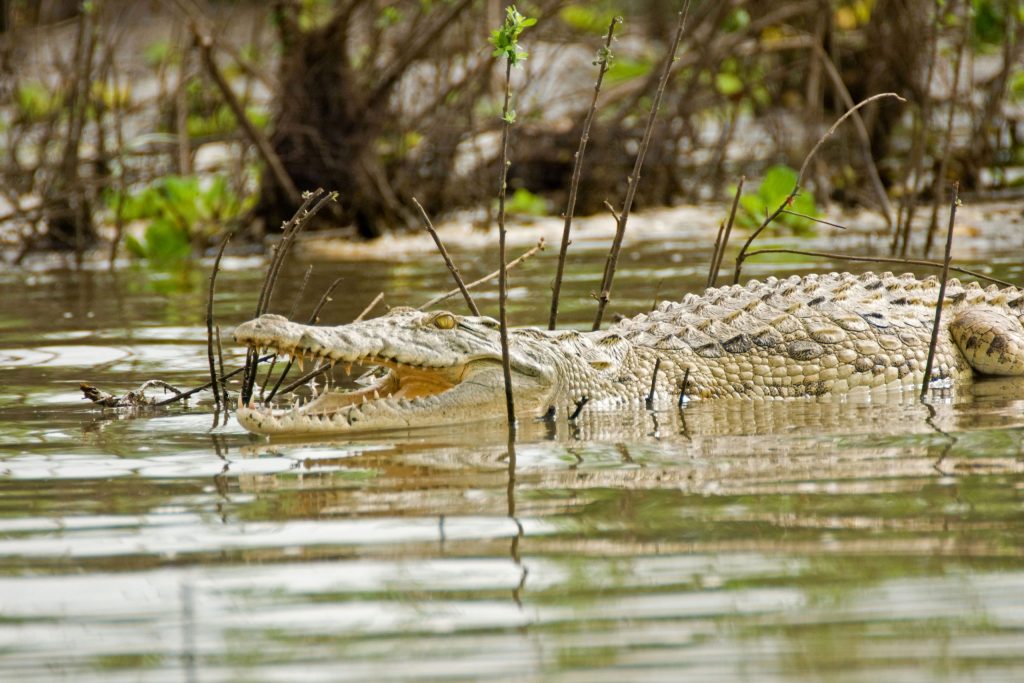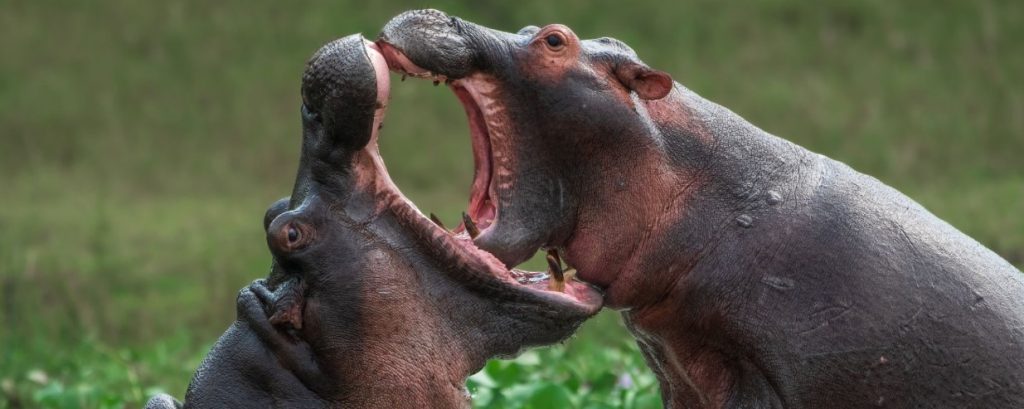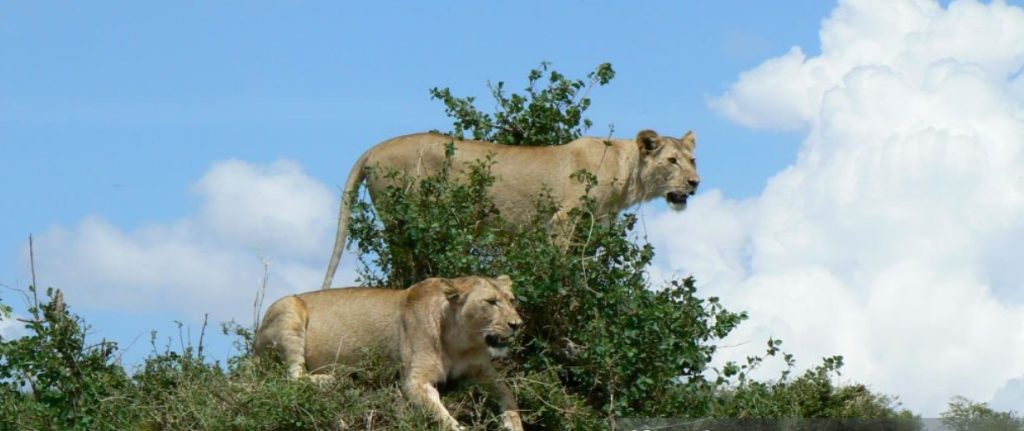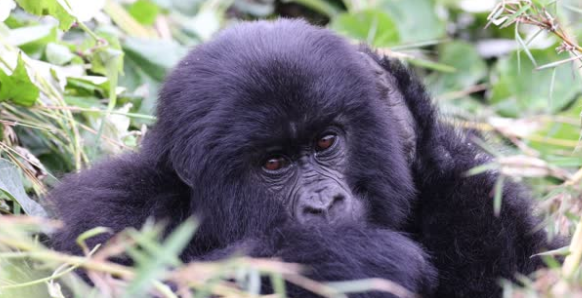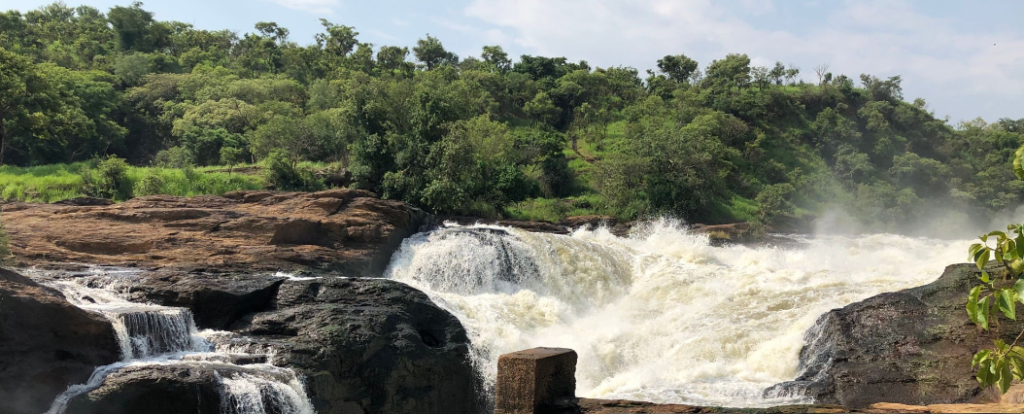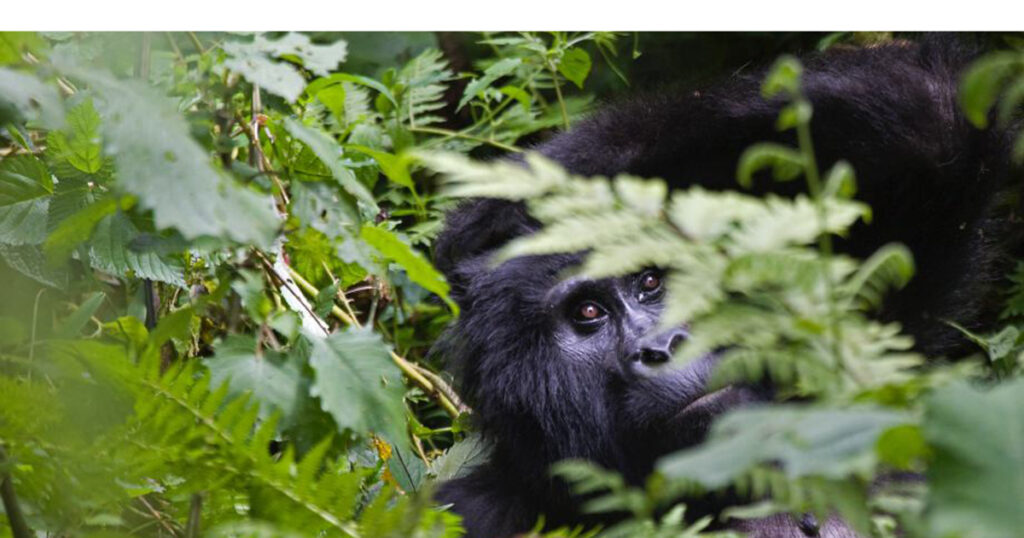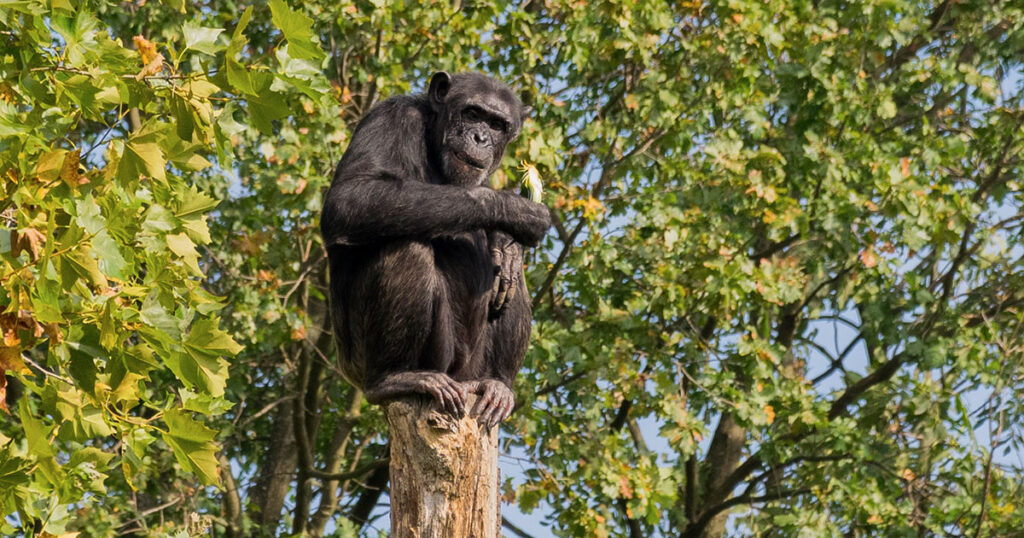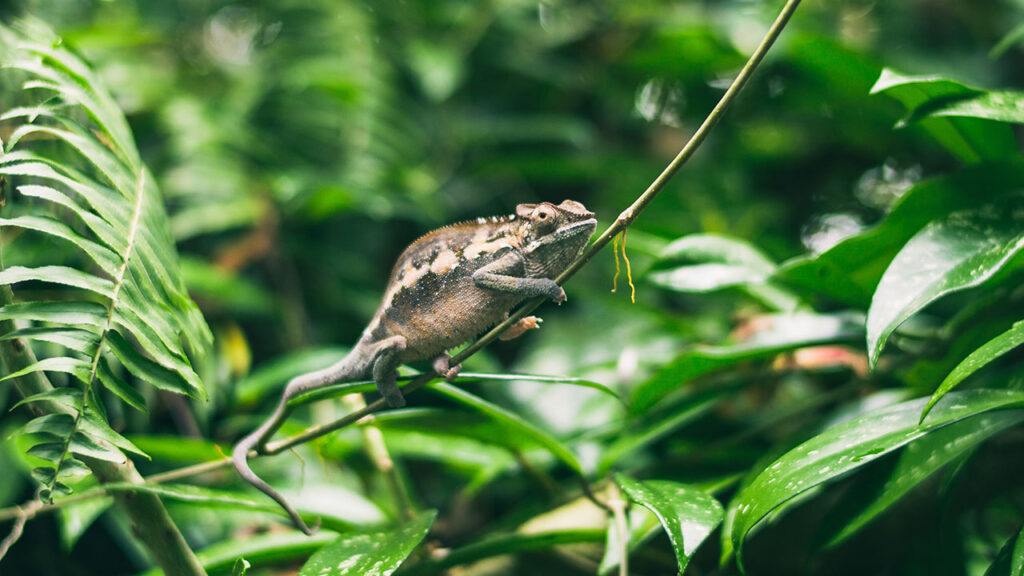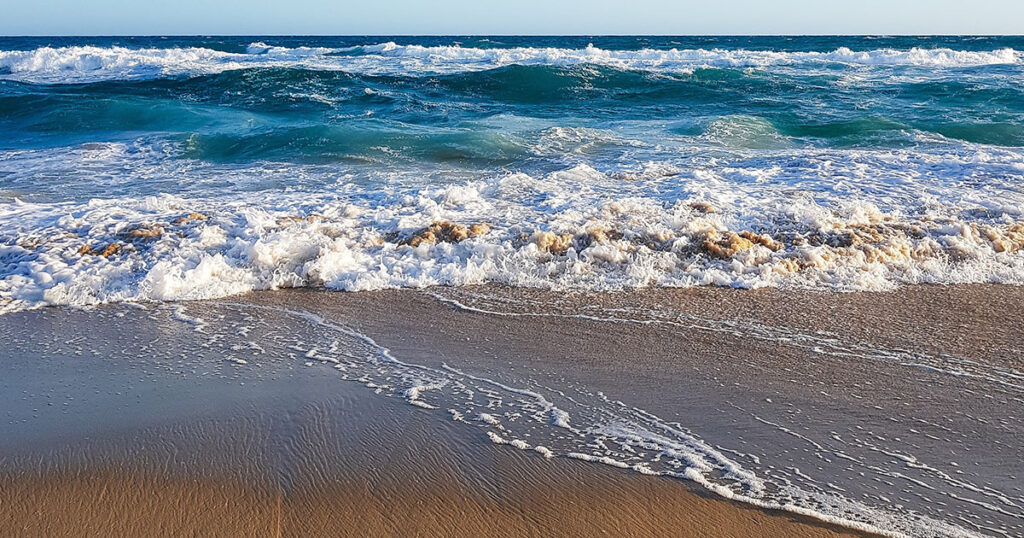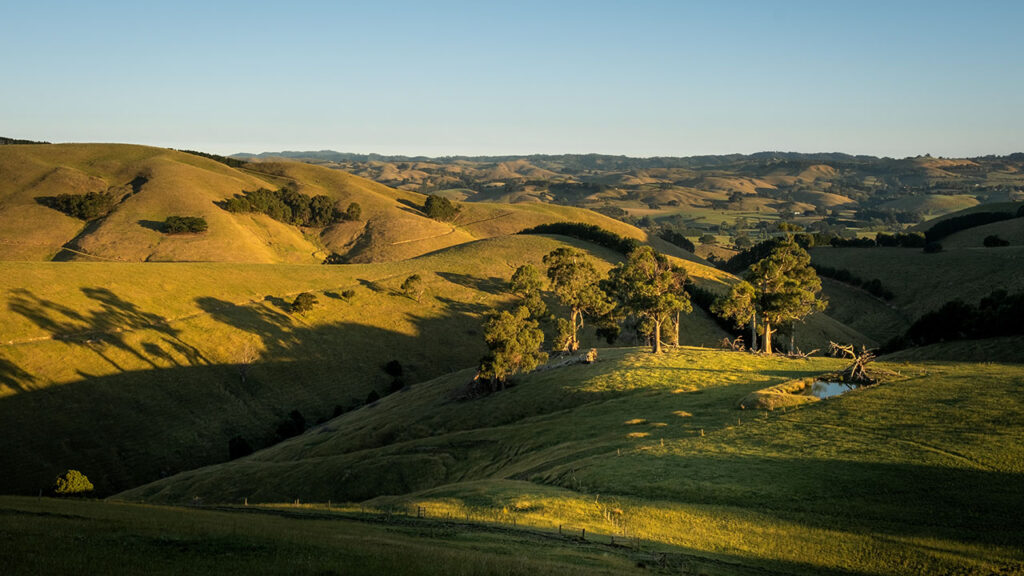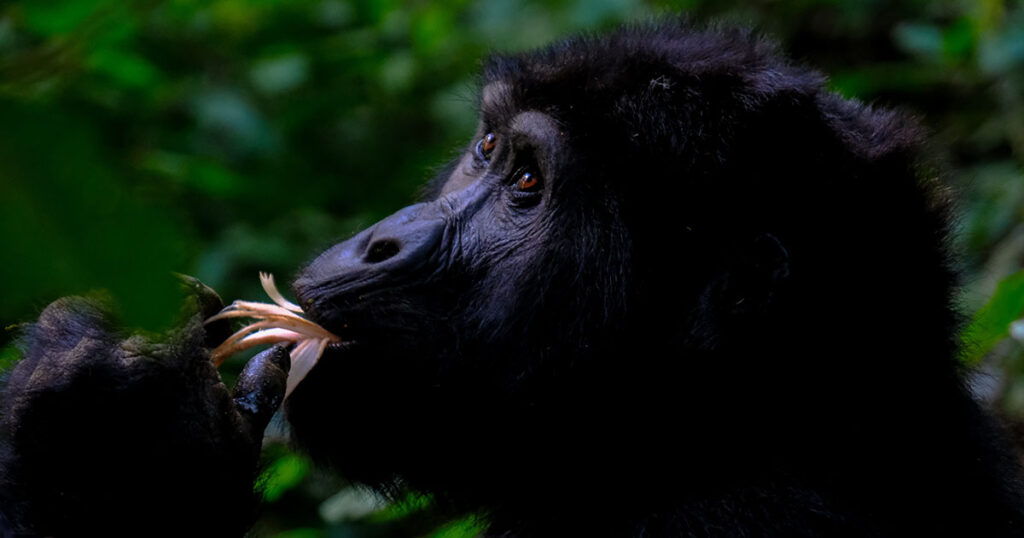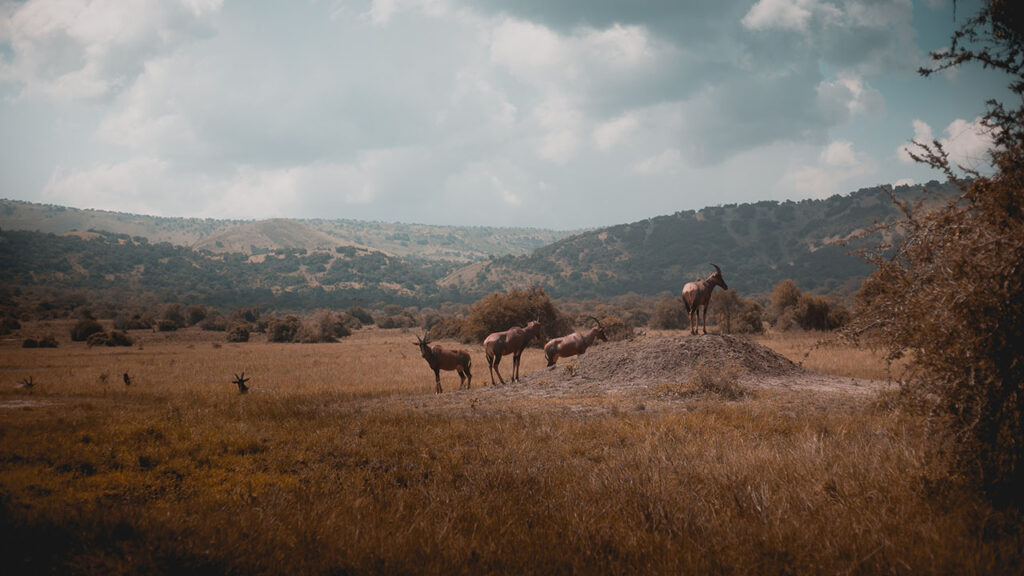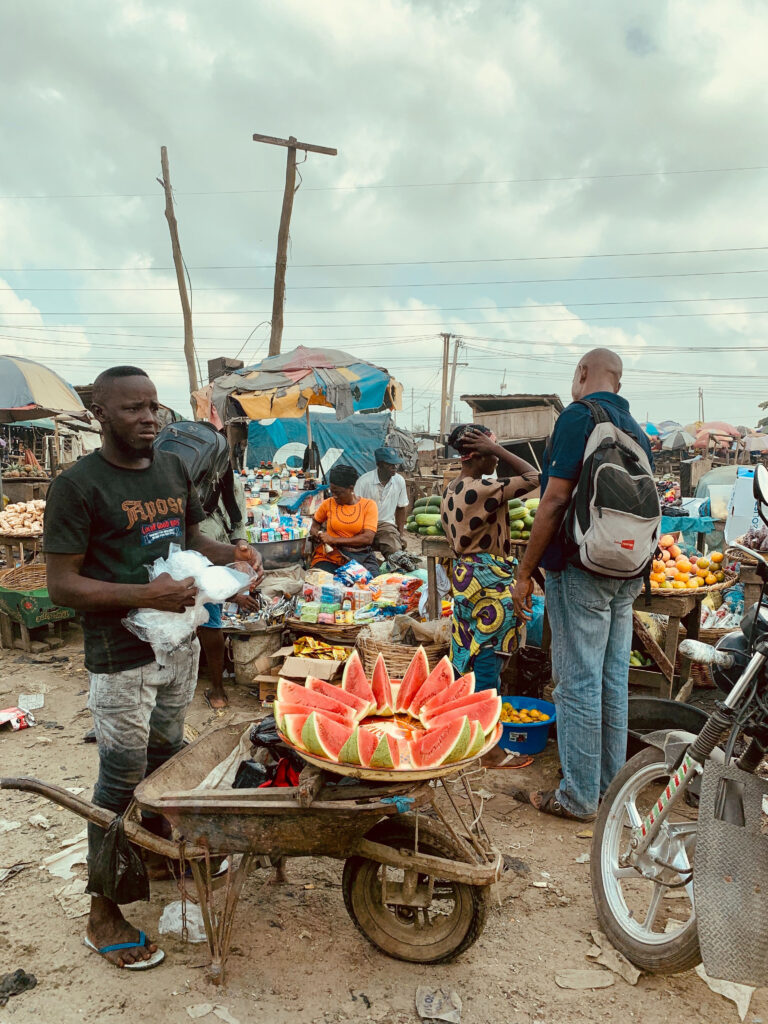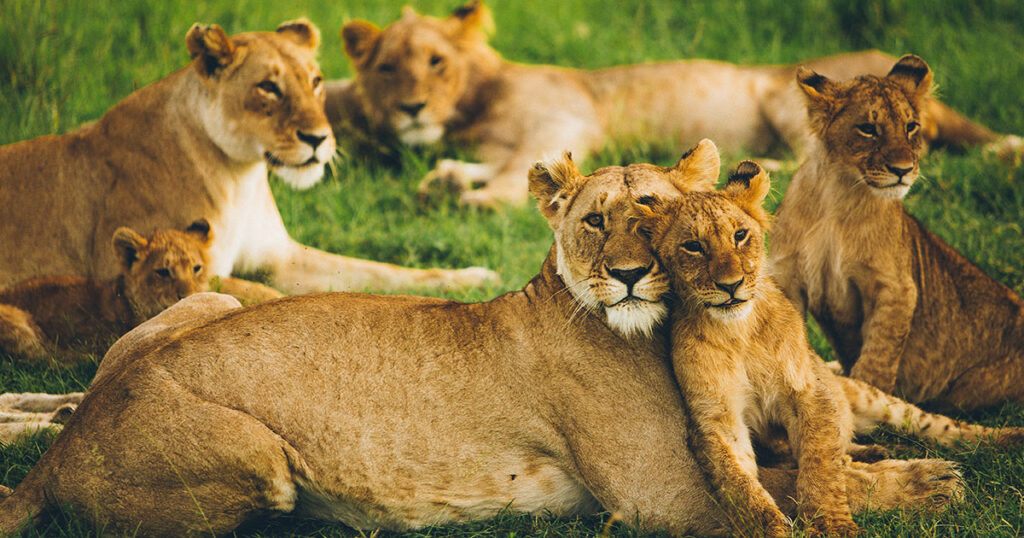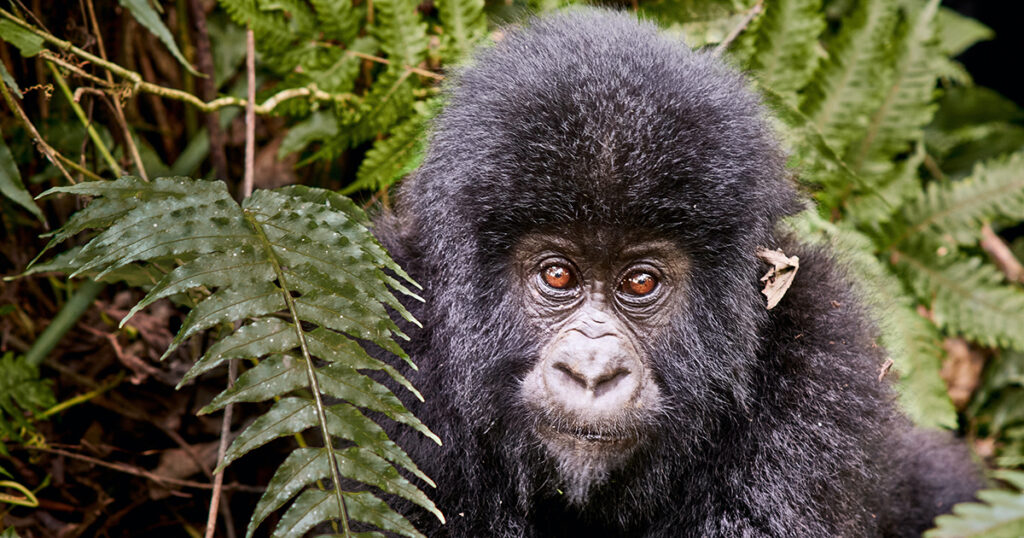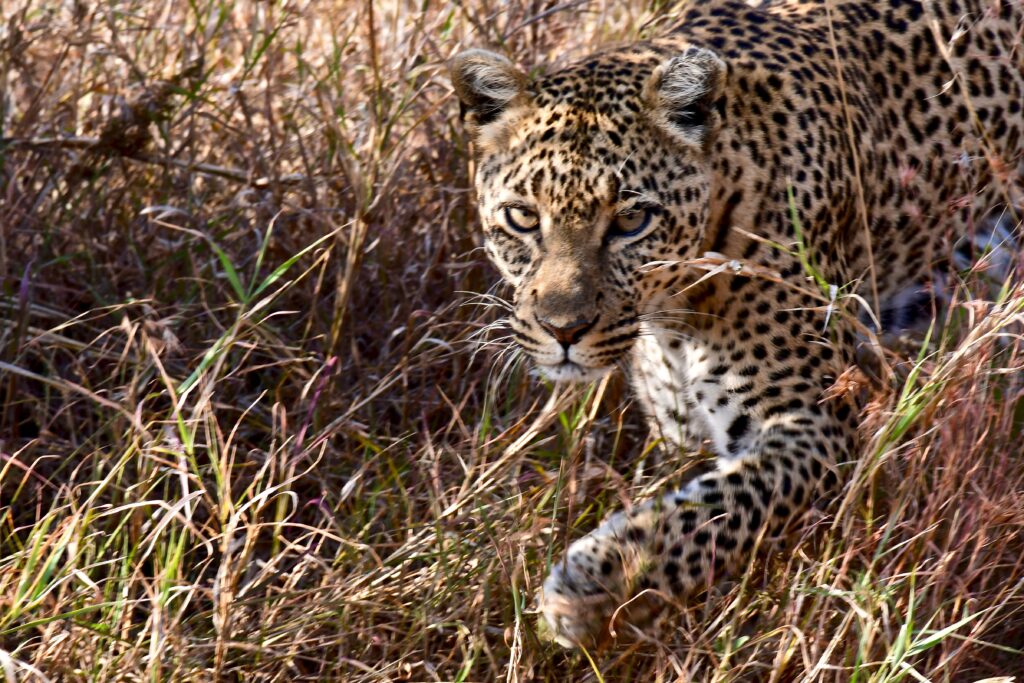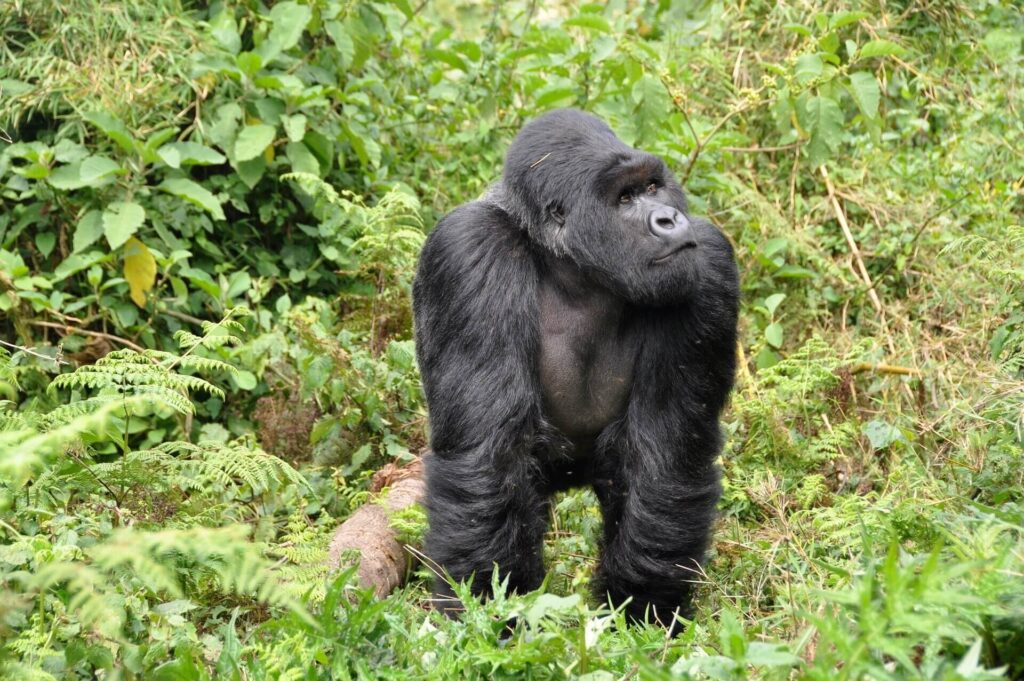Masai Mara National Reserve is a world-renowned wildlife sanctuary located in southwestern Kenya. Spanning over 1,500 square kilometers, it is part of the larger Mara-Serengeti ecosystem, known for its extraordinary biodiversity and annual wildebeest migration. The reserve derives its name from the Maasai people who inhabit the surrounding areas and the Mara River that flows through it.
The landscape of Masai Mara is a stunning mix of open grasslands, rolling hills, and acacia woodlands, providing a diverse habitat for a wide range of wildlife species. It is particularly famous for its population of big cats, including lions, leopards, and cheetahs. These majestic predators roam the savannah, showcasing their hunting prowess in the vast open spaces.
Apart from the big cats, Masai Mara is home to an abundance of other wildlife, making it a dream destination for wildlife enthusiasts and photographers. Elephants, giraffes, buffaloes, zebras, wildebeests, and various antelope species can be spotted throughout the reserve. The Mara River is a focal point for wildlife viewing, where enormous Nile crocodiles and hippos bask in the sun or gather in the water.
One of the most spectacular events that unfold in Masai Mara is the Great Migration. Each year, millions of wildebeests, accompanied by zebras and gazelles, undertake a treacherous journey across the plains in search of greener pastures. This natural phenomenon is a sight to behold, as the animals form massive herds and brave the river crossings, risking their lives against the lurking crocodiles.
The reserve offers a variety of activities for visitors to immerse themselves in the wilderness. Game drives are the most popular way to explore the reserve, with expert guides leading the way to prime wildlife-viewing locations. Hot air balloon safaris provide a unique perspective, allowing visitors to witness the vastness of the reserve from above and capture breathtaking aerial views.
Masai Mara National Reserve not only offers an unforgettable wildlife experience but also provides opportunities to engage with the local Maasai community. Cultural visits and interactions allow visitors to gain insights into the rich traditions, vibrant ceremonies, and ancient ways of life of the Maasai people.
In summary, Masai Mara National Reserve is a mesmerizing wilderness sanctuary that showcases the wonders of African wildlife. With its stunning landscapes, diverse fauna, and the Great Migration, it is a destination that continues to captivate nature lovers from around the world.
